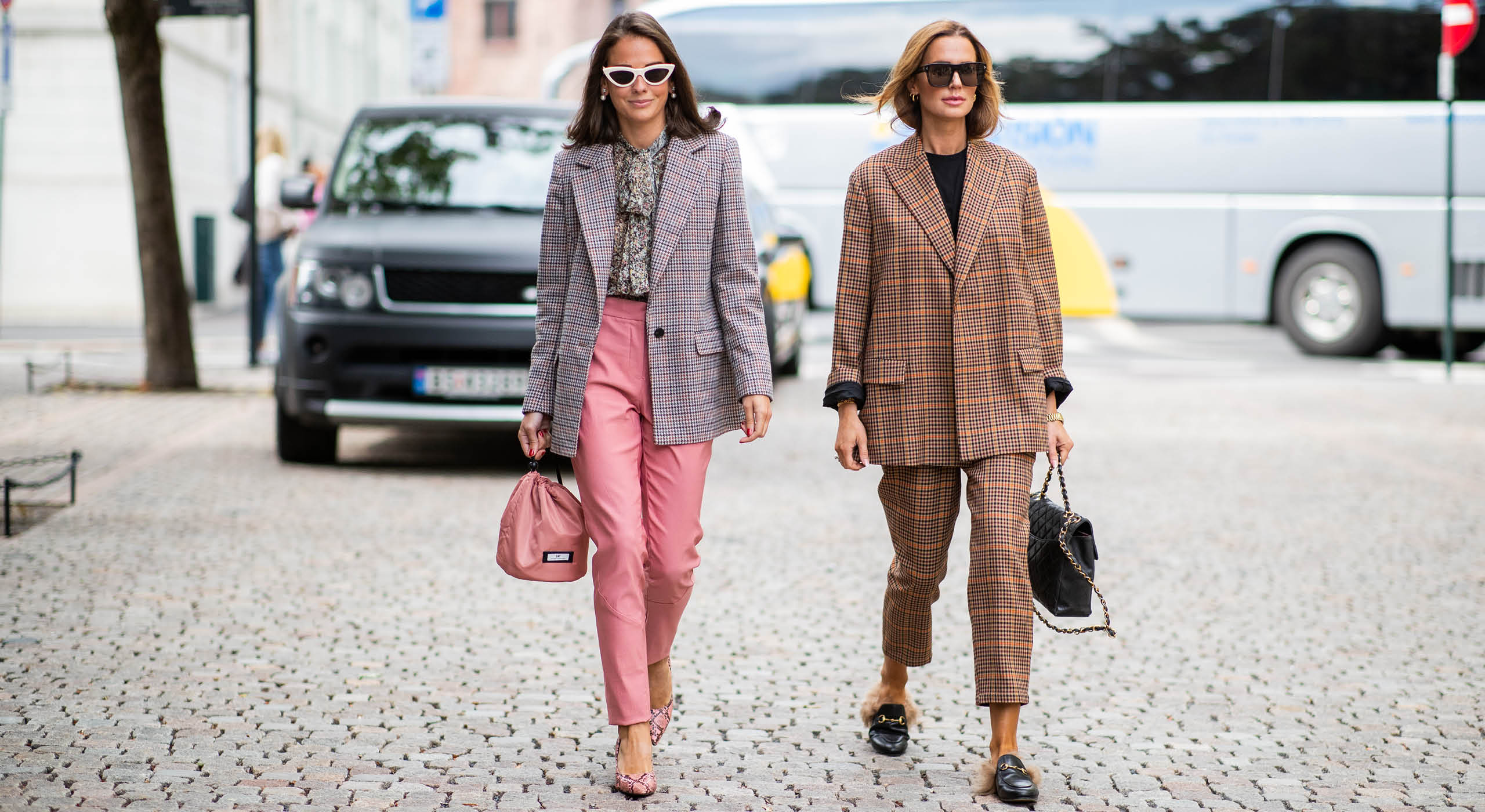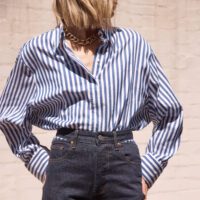I love fashion, and I work in fashion, and I used to feel a bit apologetic about both those facts. The idea that fashion is basically nonsense, nothing to do with the real business of life, remains a prevalent one, in this world of ours in which what is taken seriously and what isn’t is still by and large whatever was determined forever ago by men.
But fashion does matter. How you choose to present yourself does, whether you like it or not, play a part – a big part – in shaping what people make of you. The cleverest men have always recognised this. Shakespeare said “all the world’s a stage” and that we are “merely players”. It’s a player’s costume that signals what their role will be, and thus to some degree determines it. Then there’s Mark Twain – a determined white suit wearer, by the way – who once noted that “There is no power without clothes. It is the power that governs the human race”. And, of course, women have always clocked what’s going on. Virginia Woolf, for example, famously spoke of “frock consciousness”.
There is no power without clothes. It is the power that governs the human race
We, as women, have far more power than men when it comes to what we wear. Indeed, I believe that fashion is nothing less than a female super-power. We may continue to come under greater scrutiny for our clothes, and how we look more generally, and, yes, that can be problematic.
Yet flip it on its head for a minute. We also have far more latitude when it comes to expressing ourselves through our wardrobes, and – should we so choose – empowering ourselves. Men, for the moment, remain in a straitjacket almost as literal as it is metaphorical. So fashion for us is a reason to be the opposite of cross; a reason for celebration, in fact.
Fashion can burnish our sense of who we are, and also – on a more practical level – be a kind of armour; even, less passively, of weaponry. How do I get ready for an important meeting? Above all, I make sure I know my stuff; that what I think and say will make me stand out in the right way. But I also make sure that the way I look makes me stand out. A bright jacket or dress. An interesting pair of shoes and/or bag. A bright lipstick.
It doesn’t pay to appear boring in the modern workplace: merely to fit in; nothing more, nothing less. Yet that’s still pretty much all men can do. Dressing to be visible is just one of the ways to get noticed, of course, and not even the most important way, but it is important all the same.
Yes, our very visibility is, if we play it for our own advantage, a strength. As Samantha Cameron, the wife of the former British prime minister, once told me, she quickly learnt when she found herself at Number 10 that “if I wore something bright it would get me on the front page, which would get publicity for a charity or for my husband”. So out went her default dark trouser suits, and in came colour.
How is her very particular experience relevant to the rest of us? “If you are a woman who is head of a company and you are announcing a strong share price, or trying to sell your company,” she continues, “if you wear a great dress you are the one who is going to get your photo on the front of the newspaper, not the guy in the suit.” There’s a version of that in all our working lives. And, as for our private lives, dressing to express yourself, to enjoy yourself, is just as important, albeit in a slightly different way.
To be clear, none of the above has to be about giving up on black, or whatever it is that rings your bell. It’s all – ALL! – about ringing said bell, and indeed ensuring that in so doing you ring other people’s. I recently wrote a book – How Not To Wear Black – and, in it, I was thinking of black as a metaphor. You can be visible in black, too, provided you look for what I call flourish pieces – amped up by way of detailing or texture – and provided you add interest with, say, a statement necklace or earrings; a great pair of boots; a colourful scarf.
It’s about learning a few key secrets about how to dress your best: how to nail once and for all your body shape and colouring, and what does and doesn’t work for it. And about picking up a few key modernising tips.
That’s why I wanted to write a book, because I just don’t think we are ever taught this stuff: the stuff that will make fashion our friend, our ally, once and for all. It’s so easy to pull off, and so enriching and empowering, when you do.
How Not To Wear Black: Find Your Style, Create Your Forever Wardrobe is published by Dorling Kindersley for $27.35










No Comments